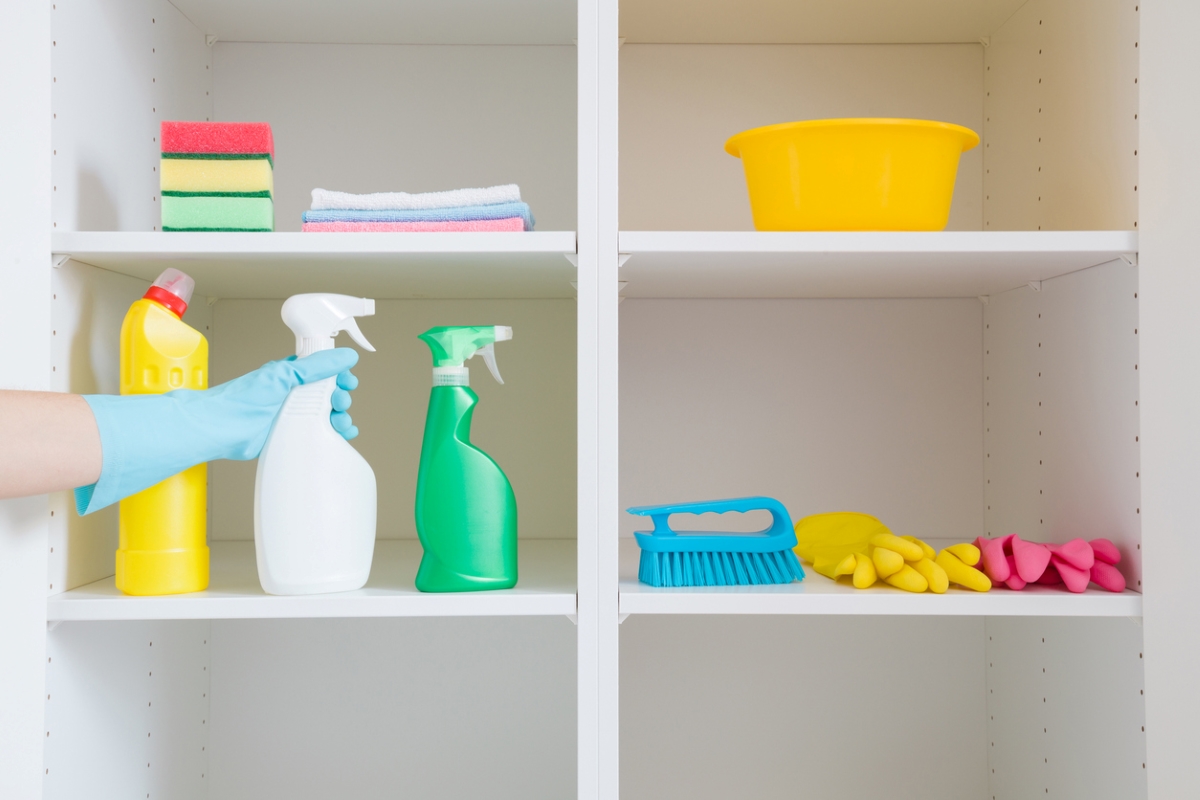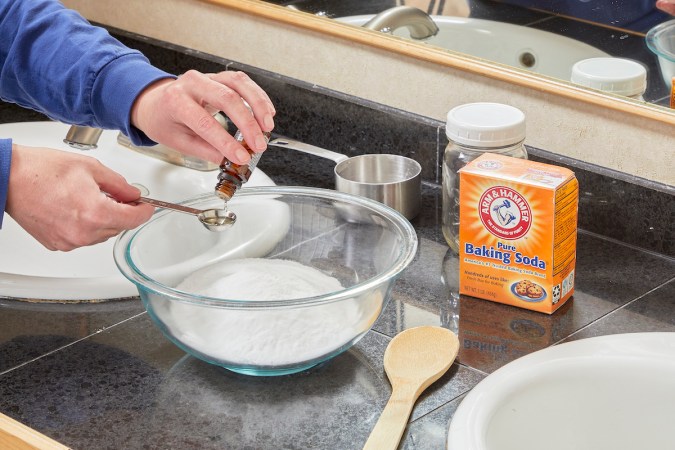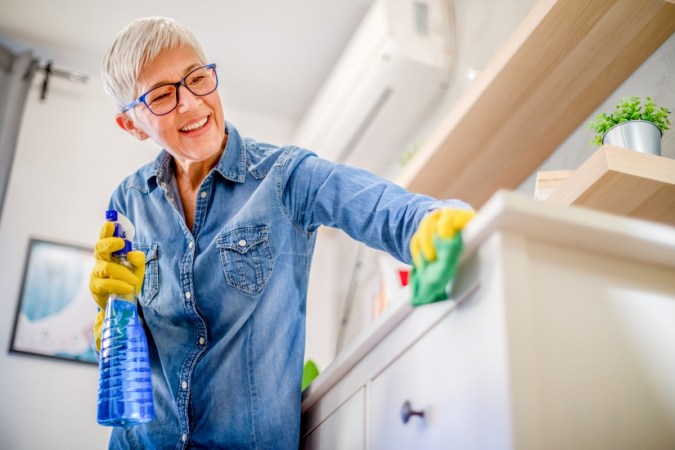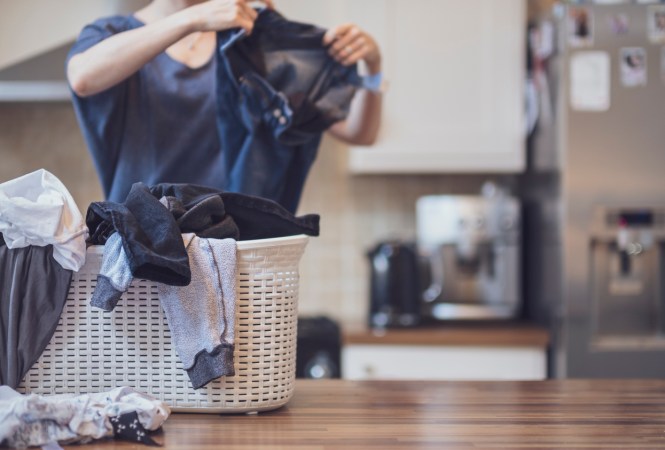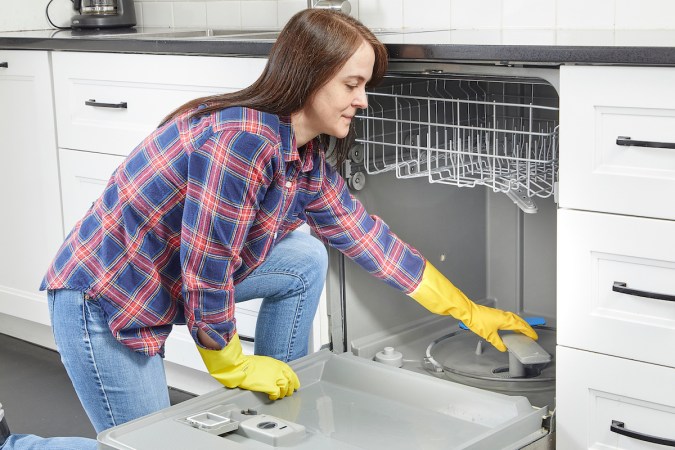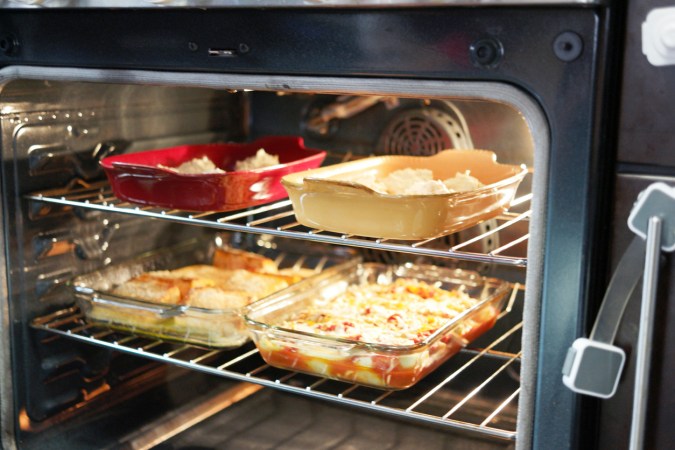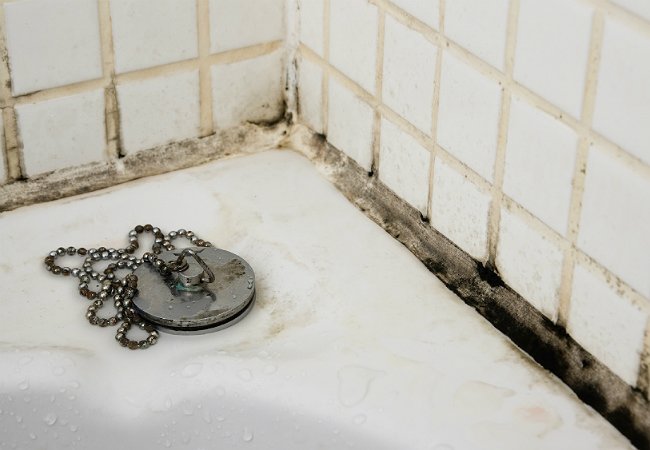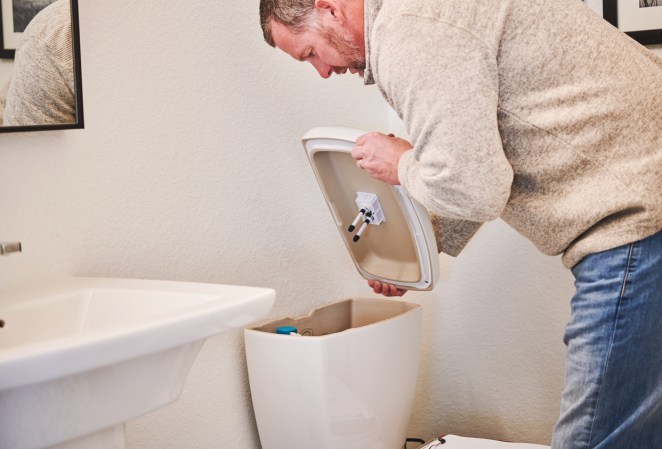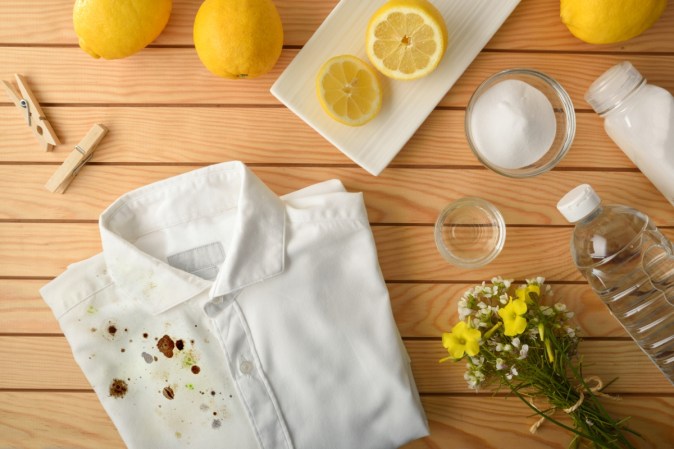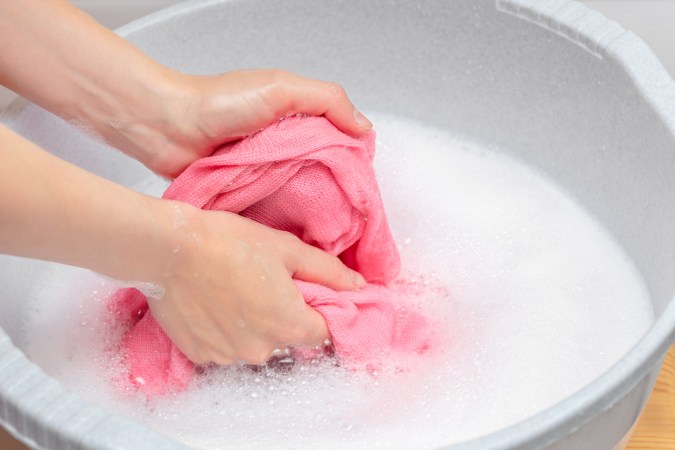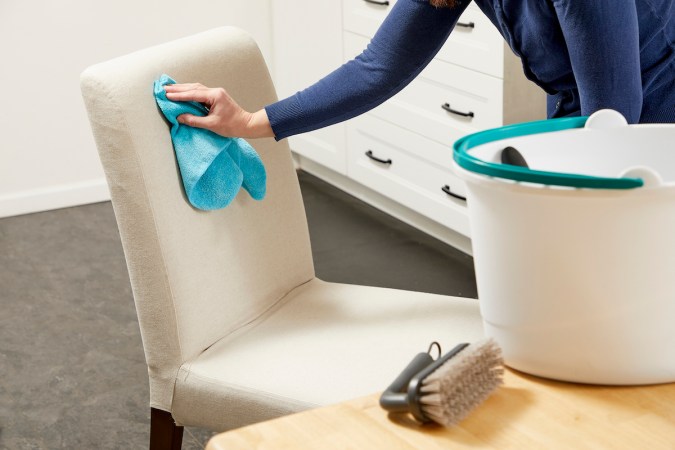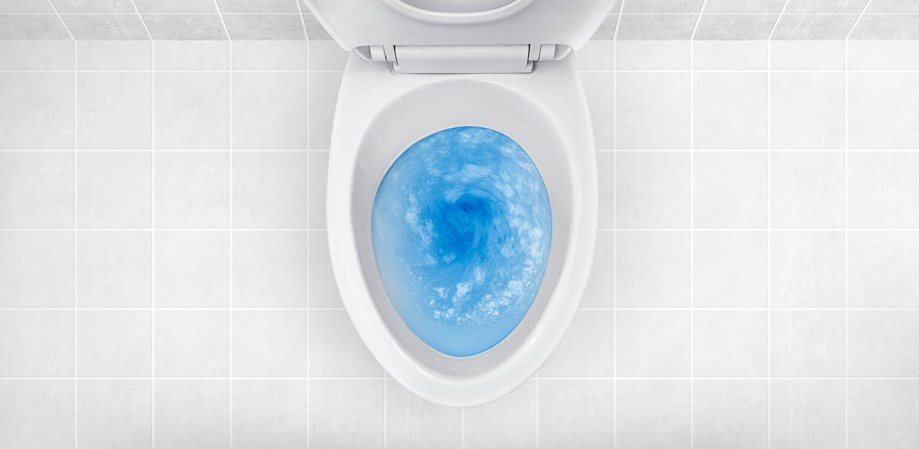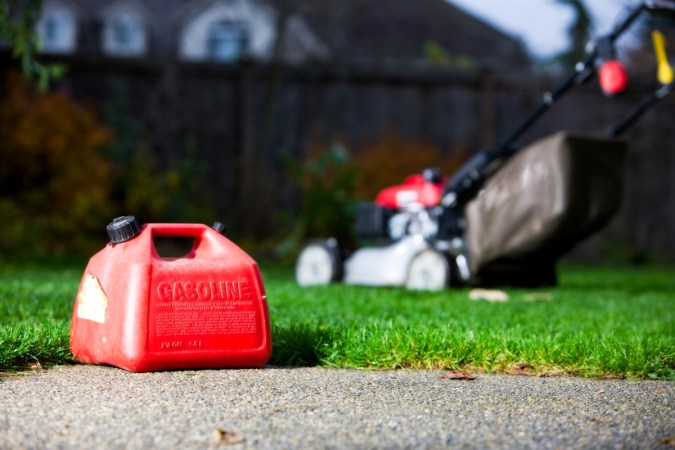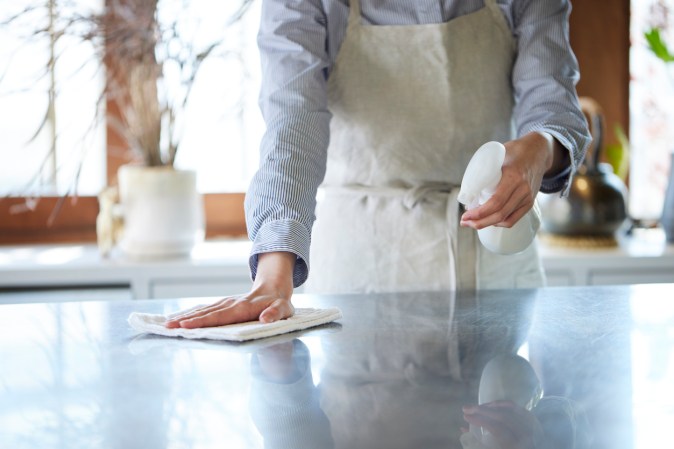We may earn revenue from the products available on this page and participate in affiliate programs. Learn More ›
Cleaning can be a drag, but a well-organized supply closet can make home chores a little easier. The perfect storage spot for cleaning supplies keeps them put away but easy to access for daily upkeep and more in-depth scrubbing. “Where to locate supplies depends on how much storage space is available and whether or not a cleaning service is employed,” says Natalie Schrier, a professional organizer and founder of New York City-based Cut The Clutter.
She recommends that clients store everyday supplies, such as multipurpose cleaners, dishwasher detergent, sponges, rubber gloves, and garbage bags, under the kitchen sink, for easy access. “Anything else that is more specialty—or something only the cleaning people might use—I suggest to store those in a separate spot depending on where there’s space,” she says. This could be a laundry closet or a shelf in a linen or utility closet, she suggests. “If we’re talking about houses and not apartments, it’s ideal to have a whole closet dedicated to storing these items—including gadgets like vacuums and mops—or an expansive laundry room with oodles of storage for cleaning supplies,” she adds.
It’s not only the storage space that’s important but also what’s inside of it. From must-have products to the perfect containers, read on for ideas on organizing an enviable cleaning supply cabinet.
Must-Have Supplies
There are some essential cleaning products that should be in a supply closet at all times. Those include:
- Multi-purpose cleaner: The king of all cleaning supplies, a multi-purpose cleaner is a must-have. Popular store-bought options include TikTok sensation The Pink Stuff by Stardrops. Millions of videos tout its superior cleaning performance. For a plant-based, non-toxic option, try Biokleen All-Purpose Cleaner, which was reviewed and tested in our best all-purpose cleaner roundup. Reviewers love that it’s effective while also being kid- and pet-safe.
- Glass Cleaner: A dedicated glass cleaner will leave mirrors and other glass surfaces streak-free and shining. Go with an old stand-by and affordable option like Windex or a greener version like Better Life Natural Streak Free Glass Cleaner from our best glass cleaner roundup.
- Laundry detergent: Every household needs a good laundry detergent, whether pods, powder, or liquid. These items can be stored near the washing machine with backup in a supply closet. Try our top pick from our best laundry detergent guide, the unscented and hypoallergenic Persil’s Proclean. For pods, try our pick for the best natural option from Grab Green in our detergent pod roundup.
- Dishwashing cleaner: A good cleaner is a must for daily dishwashing duty. For a pod, try the top pick from our best dishwasher detergent guide, Cascade Complete Dawn Fresh Scent Dishwasher Detergent Powder. For those who prefer to scrub by hand, Mrs. Meyers Liquid Dish Soap smells good and is non-toxic.
- Toilet cleaner: Nothing removes the grime from the toilet like a bleach-based toilet bowl cleaner. Consider the tried and true Clorox version. For a non-toxic option, try Seventh Generation Toilet Bowl Cleaner.
- Vinegar: Vinegar is a superstar for those who prefer to skip the chemicals. It can cut through grease, remove stains, and neutralize odors. Amazon’s distilled cleaning vinegar is great to keep on hand.
- Baking soda: Combine vinegar with baking soda for several DIY supplies, or use it on its own to suck up grease and odors.
- A melamine sponge: Melamine sponges, like the Mr. Clean Magic Eraser, are a must-have for difficult stains, such as scratch marks on the wall or stuck-on dirt or scum.
- Microfiber cloths and scrub brushes: Good cleaning cloths and brushes will make scrubbing a breeze. Get started with AIDEA Microfiber Cleaning Cloths, the top pick in our guide to the best microfiber cloths. A set of scrub brushes in many different sizes will come in handy for accessing corners and other tight spaces.
Make Your Own Cleaning Supplies
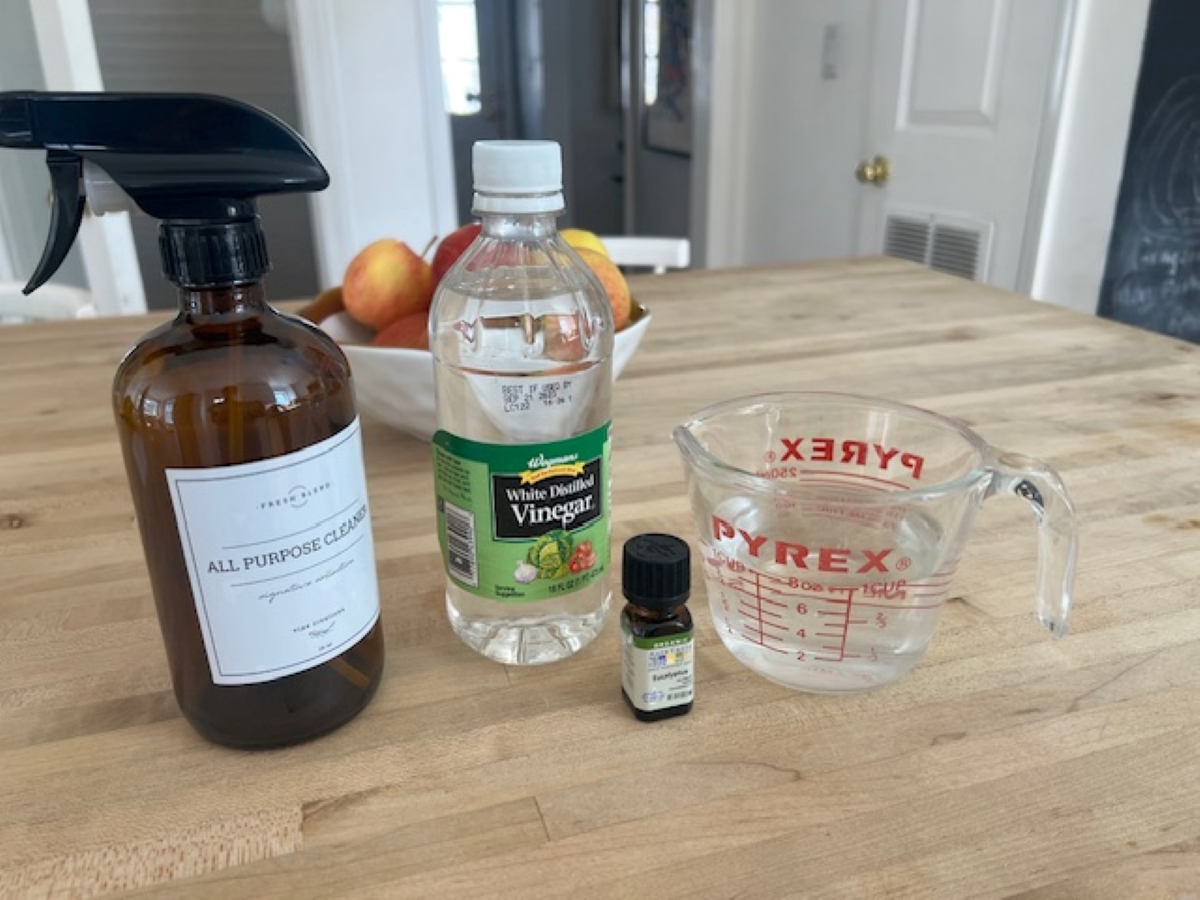
Mixing a cleaning solution at home is a great way to avoid harsh chemicals. Using some of the products mentioned above, along with empty spray bottles and labels, requires minimal effort once you know the ratios.
Get started with these three simple ones:
- All-purpose cleaner: Combine 2 cups of vinegar and 2 cups of water to make a simple multi-surface cleaner. Mix in a spray bottle and start cleaning. To add fragrance, DIYers can add 10 to 12 drops of essential oils.
- Grout cleaner: Combine 1/2 cup of baking soda and 1/4 cup of hydrogen peroxide in a squeeze-top bottle. Then, add 1 teaspoon of liquid dish soap and shake to combine.
- Glass cleaner: Combine 1/4 cup of white vinegar with 1/2 teaspoon of liquid dish soap. Dilute the solution with 2 cups of water and shake the bottle vigorously to mix the components.
Other simple mixes include toilet bowl cleaner and carpet cleaner for those who want to try their hand at more DIY cleaning supplies.
Storage Tips
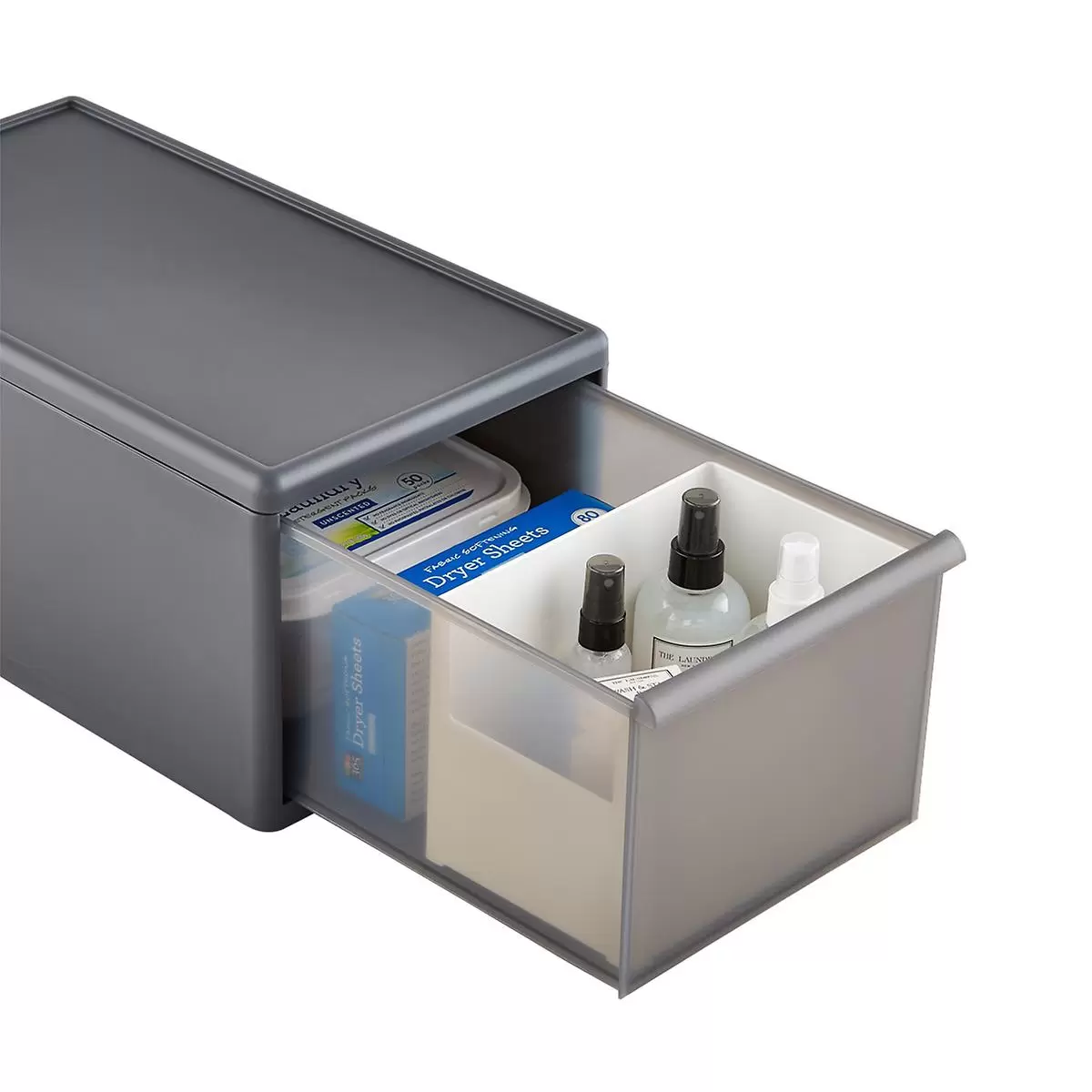
For smaller spaces, like under-sink storage, Schrier’s favorite organizers for cleaning supplies are these plastic Like-It Modular Drawers (size short narrow) with a coordinating bin like this Short Narrow Modular Basket, both from the Container Store. She puts sponges, brushes, and gloves in the drawer and then cleaning solutions in the basket on top of the drawer. “The cabinet under the kitchen sink often has a ton of vertical space, and this setup helps to take advantage of that.”
For full closets and more extensive storage areas, try some of these tips:
- Clean out expired or unused supplies
- Categorize by purpose on a dedicated shelf or section
- Use labels for glass or plastic spray bottles
- Use hooks inside the door for gadgets
- Repurpose or purchase baskets or caddies for grouping supplies
- Store microfiber cloths in a separate container or hang them inside the door
- Integrate shelf liners or a spill mat
- Incorporate lighting, such as under cabinet lights beneath shelves
- Store products that are used less often in the back

